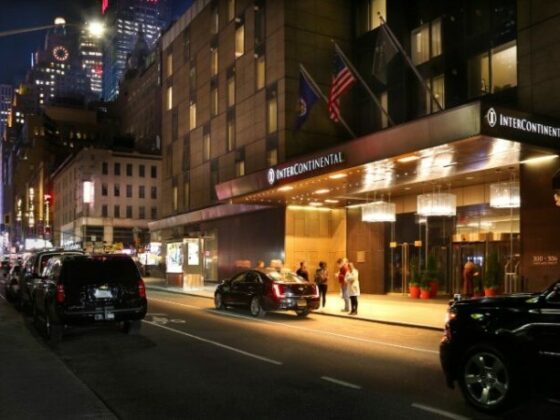In a world dominated by social media, the value of a hotel is increasingly measured by how shareable its experiences are. Guests aren’t just looking for comfort — they want moments worth posting. For years, “Instagrammable” aesthetics were enough. Now, younger generations are shifting the bar: the real currency is authenticity.
Why Online Perception Matters
Social media trends have a short shelf life. Microtrends flare up quickly, particularly on dominant platforms like TikTok and Instagram. What captures attention one week will be lost in the algorithm the next. For hoteliers, that means a design feature or unique amenity may be interesting for a moment, but vanish from feeds in the next. Keeping up requires constant, purposeful reinvention – or, ideally, such strong branding that viewers stay tuned in out of genuine interest.
Generally, social media is moving into an era where authenticity is king. Gone are the days of heavy curated feeds; today, Instagram “dumps” of casual, playful photos and videos are the norm – carefully staged to appear effortless. This subtle shift matters: travelers are no longer drawn to polished perfection alone – they are drawn to experiences that feel real, spontaneous, and emotionally resonant.
Influencer marketing reflects this shift. In 2025, the industry reached $35 billion USD, with growth fueled by micro- and nano-influencers whose close-knit communities value trust over scale. A 2024 Rakuten Advertising study found that 60 per cent of people place high value on trust, while 85 per cent would unfollow an influencer who seemed fake. What resonates online isn’t exclusivity or polish anymore – it’s authenticity, credibility, and experiences that feel true.
For hotels, the lesson is clear: to capture attention, a property must feel genuine, not just photogenic.
What Does This Mean For Hoteliers?
Hotels need to find a balance: authentic but not average. Internet friendly, but centered on in-person experience. Culturally relevant and genuine, yet still exclusive and extraordinary. A space must feel authentic and genuinely fun while remaining visually compelling to make people stop and capture the moment.
How? Invest in experience.
Too often, hoteliers make the mistake of conflating interior design with experience design. Both are essential, but they yield different results. Interior design provides aesthetic appeal, visual interest, and style. Experience design engages all senses – sound, scent, texture, and touch – to create a full-bodied emotional connection. Done right, these sensory touchpoints transform a space from visually interesting into emotionally resonant, creating moments guests feel deeply and remember.
Think of theatre. If interior design is the set design – the backdrop – then experience design is the performance. Interior design creates beauty; experience design creates feeling. A beautiful lobby may impress at first glance, but multisensory engagement ensures that guests leave with a lasting impression – one that they’ll talk about and share.
Psychology backs this up: multisensory experiences are linked to attention span and memory recall, while feelings of authenticity correlate with happiness and positive social interactions. Put simply: when guests engage all five senses, they’re more likely to perceive the moment as authentic, memorable, and worth sharing online.
For hoteliers, the ability to craft these authentic experiences is a strategic advantage. A space that not only looks beautiful but also immerses guests in sound, smell, texture, and lighting transcends function – it becomes an experience worth sharing. It’s the difference between a room and a story.
Why It Matters
In today’s hospitality market, guest experience doesn’t end at check-out – it extends into the digital sphere. A lobby design, rooftop bar, or immersive art piece that inspires guests to post organically becomes free advertising, multiplying reach far beyond the property’s marketing spend. More importantly, in the era of social media authenticity, each share acts as a testimonial: this is a place worth visiting.
Making your property unmissable for social media goes beyond the opportunity for free marketing – it’s future proofing your brand. Research shows 70 per cent of Gen-Z travellers make decisions on destinations based on engaging social media content, while 40 per cent have booked a trip after seeing a space online. Neglecting the interests of the generation poised to dominate luxury travel by 2030 isn’t just risky – it’s brand suicide.
In a crowded market, hotels that balance authenticity with extraordinariness are the ones that stand apart. Spaces that feel genuine yet remarkable give guests not just memories, but stories to broadcast. Competitors can copy layouts, service models, or amenities, but they can’t replicate a viral, authentic moment tied uniquely to your property.
Today, authenticity is no longer an optional add-on. It’s a revenue strategy, a marketing engine, and a differentiator. Hotels that recognize this and invest in experience design will go beyond delighting guests in the moment – they’ll ensure that those moments echo far beyond the property’s walls, online and off.








